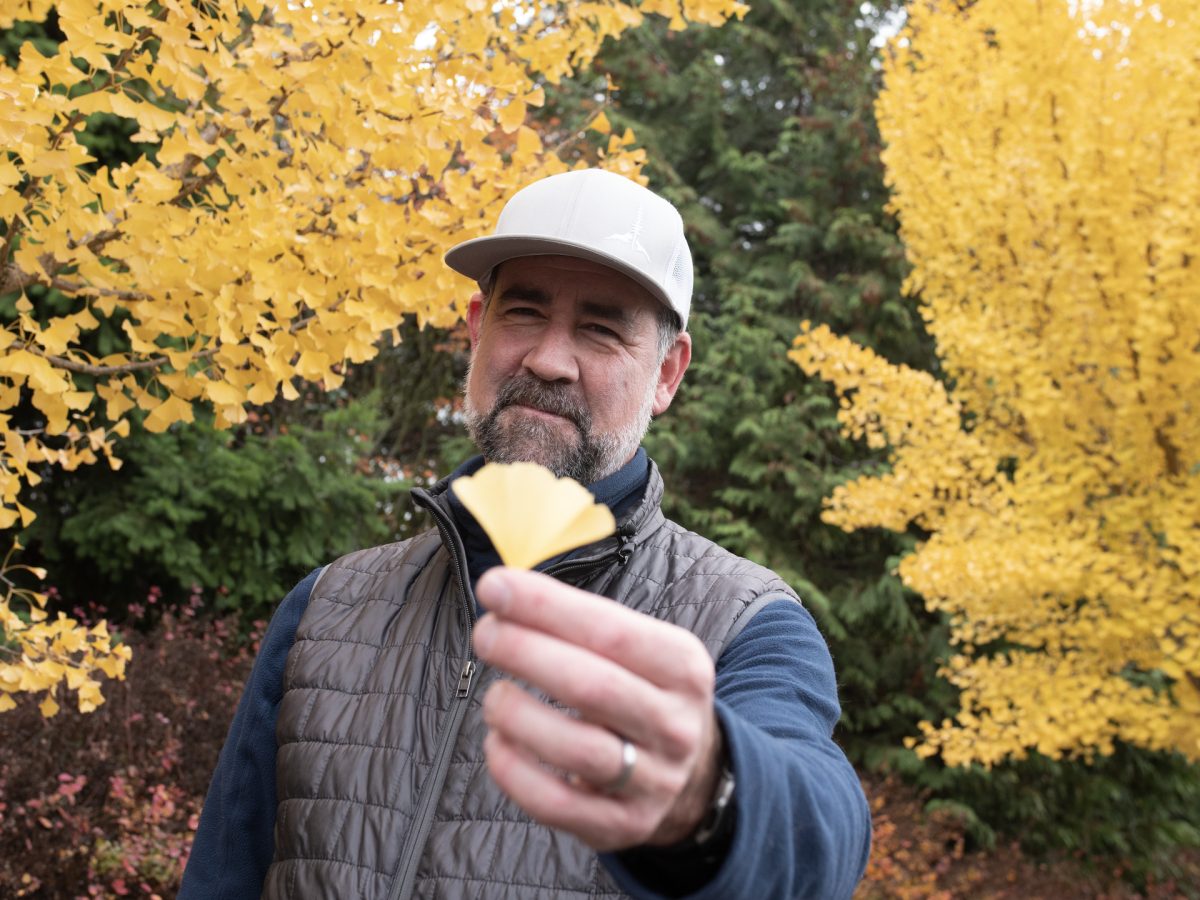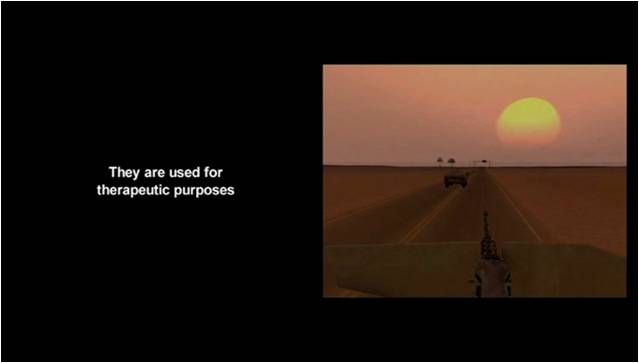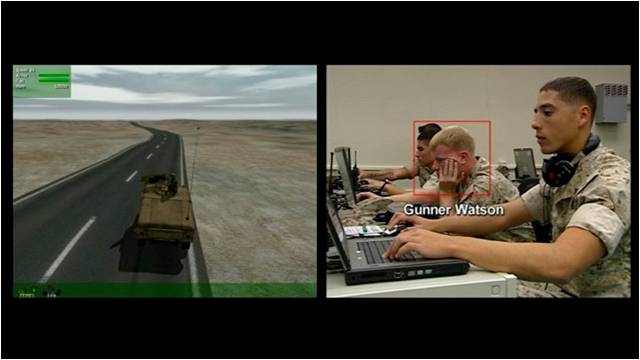Earth Day Rewind: 🍃 Botany with Bobby 🍃 Episodes 1–3
Since 2022, we’ve followed the adventures of Bobby McCullough, SAM Facilities and Landscape Manager, at the Olympic Sculpture Park as part of our video series 🍃 Botany with Bobby 🍃. In each episode, Bobby offers viewers an up-close look at the natural ecosystems living and thriving at the park as well as insight into its continued development and the art that resides within it. With Earth Day coming up on April 22, we’re taking it back to the beginning with a round up of the series’s first three episodes.
More episodes of 🍃 Botany with Bobby 🍃 are on the way! Until then, catch up on all eleven available episodes via our YouTube channel.
Episode 1: Bobby’s Top Five Favorite Plants
SAM is lucky to have a beautiful piece of earth to take care of: the Olympic Sculpture Park. And Bobby McCullough is dedicated to doing just that! In this inaugural episode of 🍃 Botany with Bobby 🍃, SAM’s Facilities and Landscape Manager discusses his five favorite natural plants visitors can find at the park: Check out our first installation of Botany with Bobby for his top five favorite plants at the park.
Episode 2: Climate Change at the Olympic Sculpture Park
The effects of climate change can be seen in local and global environments both big and small. In this episode, Bobby shares how its effects have manifested in the native plants living and growing at the Olympic Sculpture Park, paying particular attention to the Dawn Redwood—a plant previously believed to be extinct in the United States—and the Ginkgo Biloba.
Episode 3: King Bunny 🐰
The Olympic Sculpture Park’s booming rabbit population can be linked back to one particular coney: 👑 King Bunny. In this episode, Bobby spots King Bunny among the park’s plants and shares his admiration for the illusive four-legged ‘beast.’ Be sure to keep an eye out for this mischievous long-eared mammal next time you’re at the park!
– Lily Hansen, SAM Marketing Content Creator
Photo: L. Fried.


